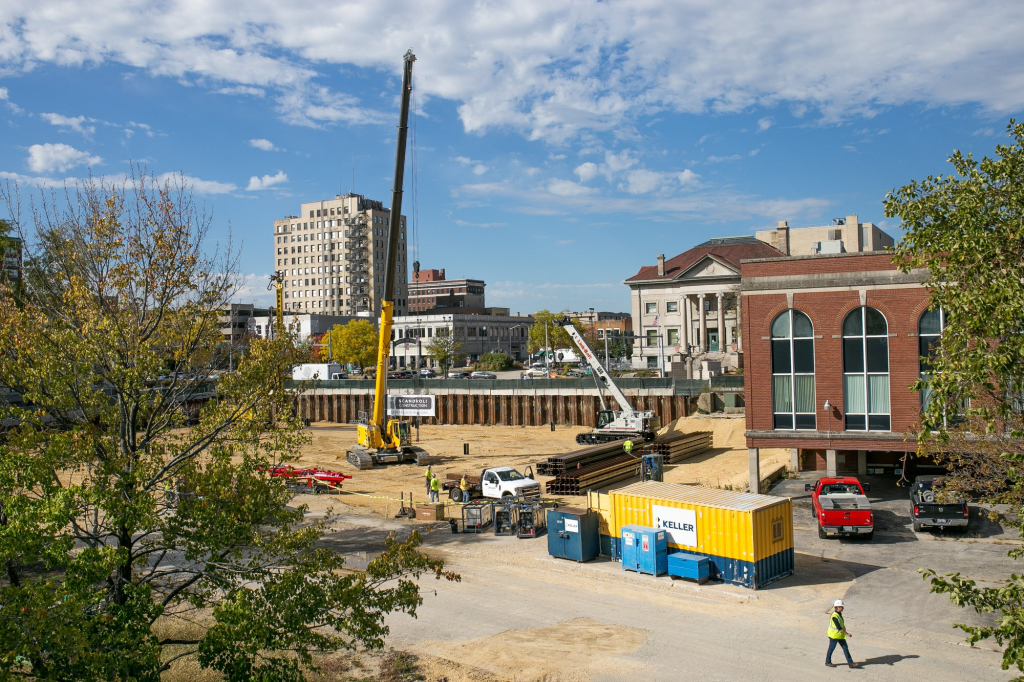By Dennis Sweeney, Executive Vice President of the HBA of Rockford
Affordability starts with the cost of land. This market starts with that positive advantage.
The median home list price in Rockford is $152K, and 86.5% of homes are priced below $250K. The condition of these “affordable” houses may be why they are so affordable. Buy existing for under $250K, but then spend $50K more to clean it up and make needed repairs. That’s the rest of the story. One reason houses here are more affordable is because property taxes are so high, which keeps home prices down. If buyers could transfer $100, even $50, from the property tax portion of their monthly payments to the principal and interest portion of their payments, they could purchase more houses, new and existing, and they would.
What puts the Rockford market in a better, positive light is that it is a city with good infrastructure and more robust business and manufacturing economic activity than Flint, MI, and Youngstown, OH. I have been to Youngstown, OH, a couple of times for college football games. Lincoln Ave. in Youngstown is similar to Harlem Blvd. and National Ave. in Rockford. The last time I was there 2006-2007, many of the houses on Lincoln Ave. had plywood covering their windows and doors. That is a depressing sight, leaves a lasting impression, and definitely pulls down the cost of what was once very nice housing. It hasn’t gotten that bad here yet.
There are many elements to our affordability. Such as the previously referred-to property taxes. Which makes people from out of state arrive thinking that they can buy a $250K house. But when they see the property tax bill, they have to change their home buying budget. That $250K deal comes with an asterisk and some important small print.
Illinois is losing its population. Fewer people means less demand for houses, which creates lower prices. The aging population is often in a mortgage-free home, and if they do sell, it’s to move to a friendlier retirement state for weather and taxes, or into a retirement facility.
How these market factors balance out impacts our affordability.

